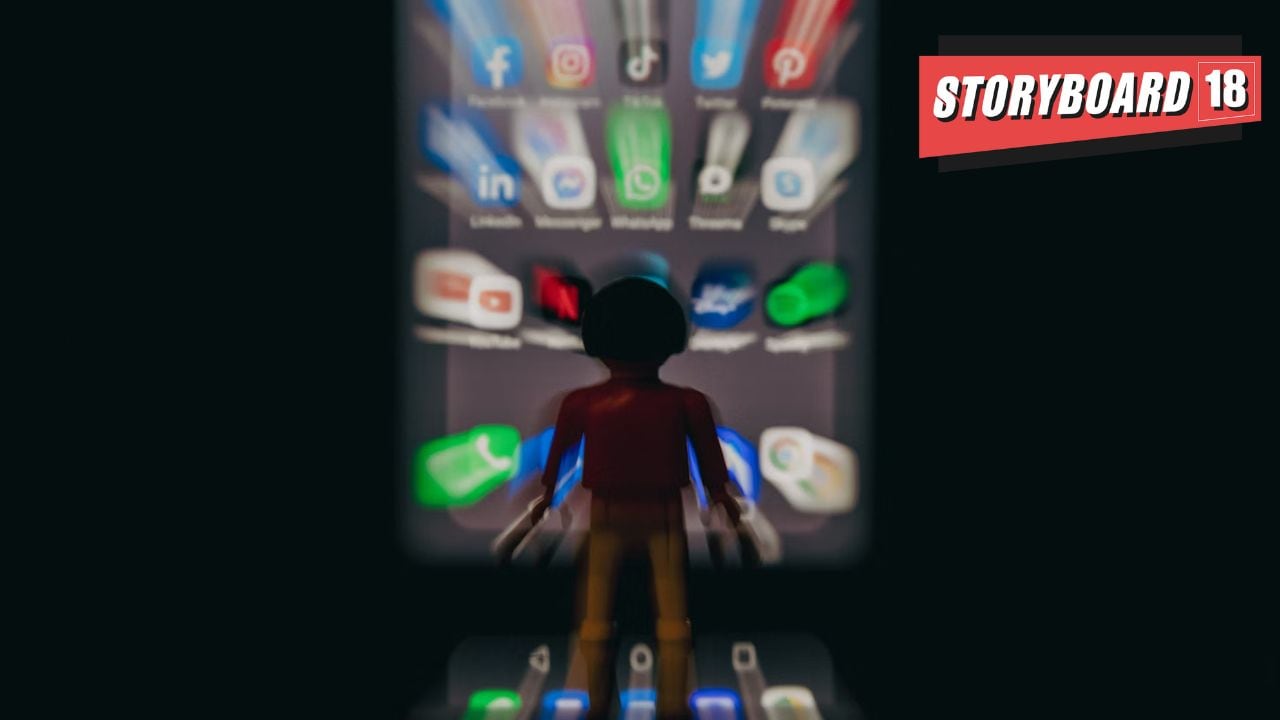Homegrown SFV (short-form video) platforms currently have a user base of about 250 + million with approximately 65 percent of them hailing from Tier-2 cities and beyond.
While global SFV platforms may be popular among urban users, Indian SFV platforms have witnessed greater uptake among audiences in non-metro and semi-urban areas mostly owing to the availability of quality regional-language content created by local talent.
As ~40 percent of the users have been conducting online transactions on these platforms, it has been observed that monetization facilities across ecommerce, online gaming and OTT video streaming sites are gaining popularity among users.
Redseer’s research reveals that ~45 percent of Indian SFV users reside in semi-urban and rural centers and interact with a diverse set of internet platforms ranging from gaming to eCommerce.
The Tiktok ban of 2020 left a major content gap that was quickly filled by the rise of both Indian and international short-form video (SFV) platforms.
Mukesh Kumar, associate partner at Redseer observed, “The growing popularity of Indian SFV platforms is a welcome development as it has furthered the ambit of digitization in India and is maximizing value for platforms, brands and end-users through its data-led and language-inclusive approach. With the rise in disposable income among the dominantly Tier-2 + users, India’s SFV landscape holds multiple possibilities for monetization. New-age models like live commerce and live gifting can prove to be feasible in raising the bar for monetization.”
On performing a demographic assessment, the research report also revealed that ~64 percent of the user base on Indian SFV platforms comprised of individuals up to the age of 25 years. Less than three of Indian SFV users are mature users.
Content led by the ‘hook and hero’ narrative is effective in reaching out to diverse user demographics. SFV platforms are home to original and relatable content which is seen to have grown to 99 percent in 2023, in comparison to 92 percent in 2022.
India’s SFV platforms are investing in content moderation processes which has led to inflammatory material taking up less than 0.5 percent of the total share of content. Provisions to prevent the repetition of content, and to promote diversity across genres have directly contributed towards increased engagement rates among audiences. It is important to note that Indian SFV platforms have seen an increase in Net Promoter Score to ~55 percent, making them a tool for advertisers to watch out for.
The rising popularity of UGC content platforms has helped create an ecosystem of 3.5 Mn influencers or new-age celebrities who serve as the growth engine of SFV platforms. These influencers can be classified into four archetypes namely micro, macro, mega, and elite who can earn more than INR 1.5-2 L per month through advertising and live commerce. As the platforms mature, their earnings diversify across platform payouts, brand deals and virtual gifting.
Brands across categories are beginning to utilize homegrown SFV platforms given their value proposition, growing user base especially in Tier-2+ regions, monetization potential and the volume of online transactions. Currently, beauty and personal care (BPC) as well as fashion are already collaborating with new-age influencers to tap into larger audiences.
